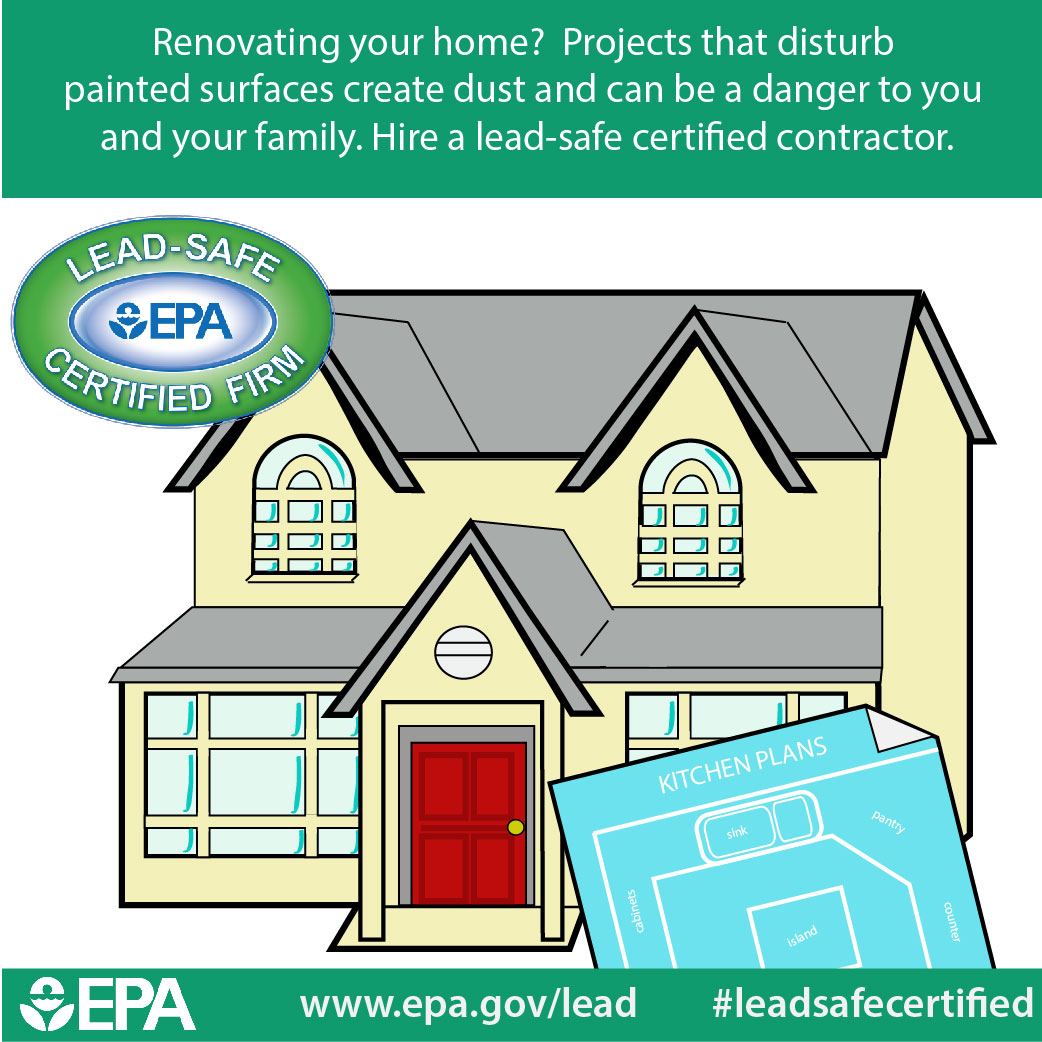Discover Just How Seasonal Impacts Can Influence The Efficiency Of Industrial Exterior Painting And Figure Out One Of The Most Favorable Times To Make Sure Long Lasting Outcomes For Your Job
Discover Just How Seasonal Impacts Can Influence The Efficiency Of Industrial Exterior Painting And Figure Out One Of The Most Favorable Times To Make Sure Long Lasting Outcomes For Your Job
Blog Article
Article Produced By-Korsholm Skafte
When you're planning a commercial exterior paint task, seasonal variables can make or damage your outcomes. You'll intend to think about just how temperature level and humidity impact paint application and drying out times. Selecting the right period can guarantee your paint adheres properly and lasts longer. But which seasons are genuinely the very best for this kind of job? Let's explore why not try these out that can influence your task's success.
The Impact of Temperature on Paint Application
When you're intending a business exterior paint job, the temperature can dramatically affect exactly how well the paint adheres and dries.
Ideally, you intend to paint when temperatures vary in between 50 ° F and 85 ° F. If it's also cool, the paint may not cure properly, bring about concerns like peeling or cracking.
On the other side, if it's also warm, the paint can dry out as well rapidly, stopping correct adhesion and causing an uneven coating.
You ought to additionally take into consideration the moment of day; morning or late afternoon supplies cooler temperatures, which can be more desirable.
Constantly examine the producer's recommendations for the certain paint you're utilizing, as they commonly supply guidance on the perfect temperature level array for ideal outcomes.
Moisture and Its Impact on Drying Times
Temperature isn't the only ecological element that influences your business external painting project; humidity plays a substantial role also. High moisture levels can reduce drying out times drastically, affecting the total top quality of your paint job.
When the air is saturated with dampness, the paint takes longer to treat, which can cause concerns like bad bond and a higher threat of mildew growth. If you're repainting on a specifically moist day, be gotten ready for extensive wait times in between layers.
It's vital to keep track of regional weather conditions and plan as necessary. Ideally, go for moisture degrees between 40% and 70% for optimal drying.
Keeping these factors in mind ensures your project remains on track and supplies a long lasting surface.
Best Seasons for Commercial Exterior Painting Projects
What's the best season for your business external painting projects?
Spring and very early loss are normally your best choices. Throughout these seasons, temperatures are moderate, and humidity degrees are commonly lower, producing excellent conditions for paint application and drying.
Stay clear of summer's intense heat, which can cause paint to completely dry also swiftly, causing bad bond and surface. Likewise, winter season's cold temperatures can prevent proper drying and healing, risking the longevity of your paint job.
Go for days with temperature levels between 50 ° F and 85 ° F for optimal results. Remember to check the local weather report for rain, as damp problems can spoil your task.
Planning around How much does house painting cost? guarantees your painting job runs smoothly and lasts longer.
Final thought
In conclusion, intending your business outside paint tasks around seasonal factors to consider can make a considerable distinction in the outcome. By scheduling job throughout the ideal temperature levels and moisture degrees, you'll guarantee far better adhesion and drying times. Bear in mind to keep an eye on neighborhood weather prediction and pick the correct time of year-- springtime and early loss are your best choices. Taking these actions will assist you accomplish a resilient and professional finish that lasts.
